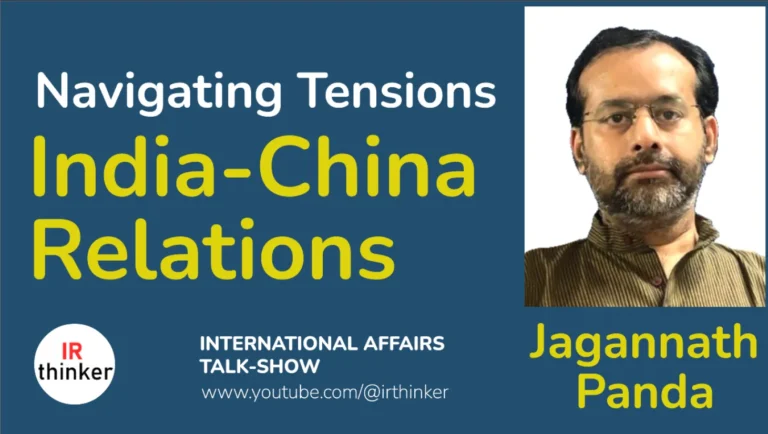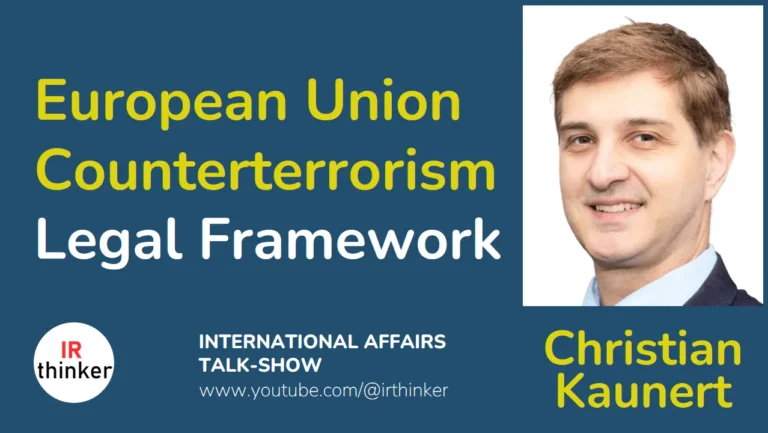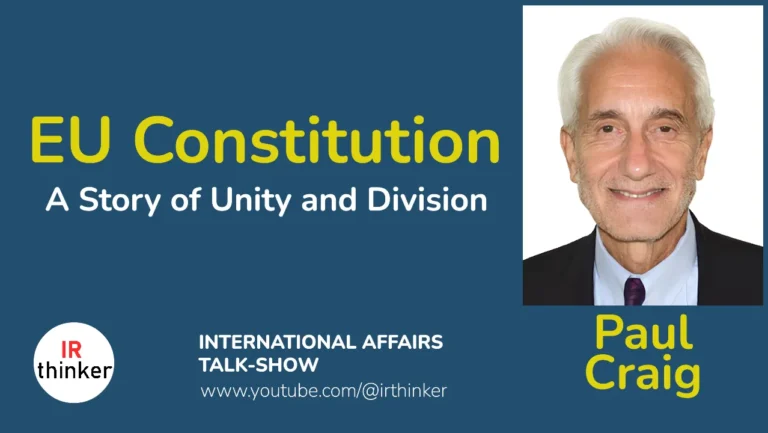
In this insightful interview, Noah Tucker explores the factors that make individuals in Central Asia susceptible to terrorist recruitment. He discusses the strategies used by recruiters, the role of socioeconomic status, and the effectiveness of counter-terrorism campaigns. Watch to gain a deeper understanding of the complexities of recruitment and the ongoing efforts to combat it.
Content
- Introduction
- Primary Factors Contributing to Susceptibility to Terrorist Recruitment in Central Asia
- Size of Recruitment Groups
- Motivational Factors in Terrorist Recruitment
- Socioeconomic Status as a Vulnerability Factor?
- Communication Channels Utilised by Recruiters
- Post-Recruitment Processes
- Effectiveness of Awareness Counter-Terrorism Campaigns
- Local Campaigns Against Terrorist Recruitment
- Adaptation of Recruiters and Counter-Terrorist Measures
Noah Tucker
Noah Tucker is a senior research consultant for the Oxus Society and a program associate for the Central Asia Program at the Elliott School of International Affairs, George Washington University. He has also held the prestigious Handa Studentship at the Handa Centre for the Study of Terrorism and Political Violence at the University of St Andrews, Scotland. His research expertise lies in extremist and ethnic violence, religion, identity, and anthropology.
Noah’s current work involves in-depth research and analysis of violent extremist organizations that target and recruit Central Asians for conflicts in Syria, Iraq, and Afghanistan. With six years of experience living, working, and conducting field research in Uzbekistan, Russia, Kazakhstan, Kyrgyzstan, and Georgia, he brings a wealth of on-the-ground knowledge to his studies. Additionally, Noah co-founded a non-profit education project in Tashkent, Uzbekistan, where he served as director for three years, from 2002 to 2005.
Tucker, N. (2022). Foreign fighters, returnees and a resurgent taliban: Lessons for central asia from the syrian conflict. Security and Human Rights, 32(1–4), 69–82. https://doi.org/10.1163/18750230-bja10010






